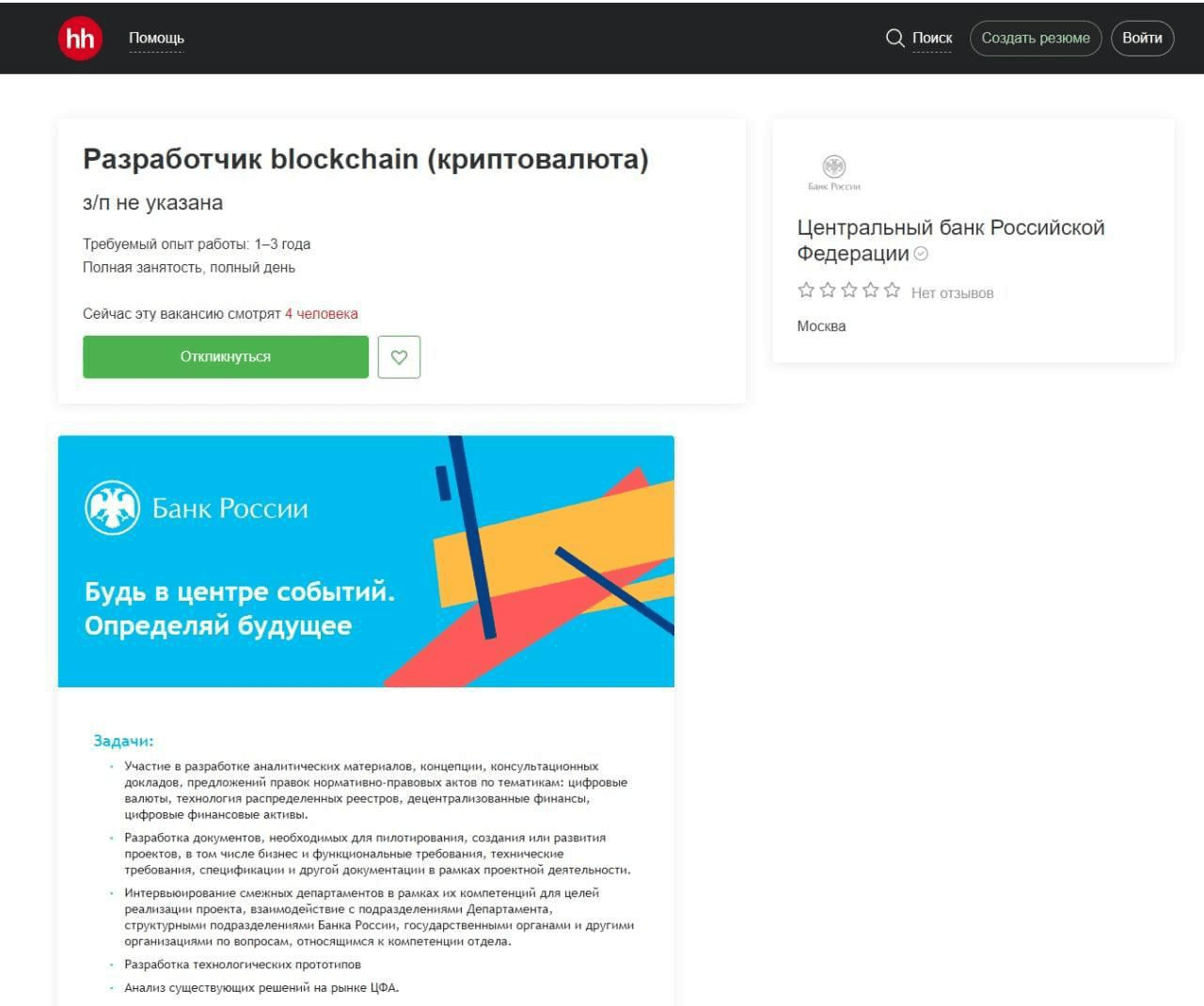Decentralized Exchange (DEX) Volumes Sink to Long-Term Lows; Will The Merge Help?

Decentralized exchanges continue to record below-average volumes, especially in the past three months. This slump is primarily due to a significant decline in decreasing investor interest and a bearish crypto market.
Decentralized exchanges, normally referred to as DEXes, have been the exchanges of choice for traders who prioritize anonymity over safety.
Over the years, some decentralized exchanges have even surpassed centralized exchanges by monthly volume. The last three months have been a bit different, though, as DEX cumulative volumes have fallen below $100 billion. In August, cumulative DEX volume only reached $67 billion.
While $67 billion sounds significant, the figure was a 60% plunge from this year’s peak of $169 billion in May.
During this latest crypto market crash, selling pressure engulfed the market as many whales and institutional investors made efforts to cut down on losses. This led to a spike in the trading volumes of several cryptocurrencies listed across different DEXes.

Source: Decentralized Exchange Volume Chart by The Block
June and July, which each recorded around $85 billion in volume, were yearly lows for the sector. This rout continued into August when DEX volume fell another 21%.
DEX volumes drop to long-term lows
Cryptocurrency price patterns are correlated to the volumes of exchanges. Volumes normally rise during extremely bullish periods and dip in times of bearishness.
When Bitcoin (BTC) and Ethereum (ETH) reached new peaks in November 2021, the positive market sentiment was reflected in DEX volume. In that month, DEX volume reached $206 billion. This makes August 2022’s figure of $67 billion a 67% decrease in less than one year.
Uniswap led the way in the tumble in volume
Uniswap is the largest DEX by trading volume, and the platform took a massive hit during August. With a combined volume of $43 billion between Uniswap V2 and V3, Uniswap volume was less than half of its metric this past May, which was roughly $104 billion.
Despite controlling 65% of the market throughout August, Uniswap volume still fell by 23% from the $87 billion recorded in November of last year.

Source: Share of Decentralized Exchange (DEX) Volume Chart by The Block
As the biggest DEX on Binance Chain, PancakeSwap saw $56 billion in volume during its all-time high in November 2021. As the main competitor to Uniswap, many analysts expect PancakeSwap to make up for what the losses on Uniswap, but this has not necessarily been the case.
PancakeSwap volume was $8 billion last month — an 86% and 58% loss from November 2021 and May 2022, respectively.
SushiSwap and Curve Finance are other popular exchanges on Ethereum, but their latest volumes of $1 billion and $3 billion, respectively, were far below statistics from previous months.
With Binance alone recording more than $20 billion daily in trading volume, DEXes have a long way to go before being on par with centralized exchanges.
Will Ethereum DEXs improve cumulative volume after Merge?
Because Ethereum houses more decentralized exchanges than any other blockchain, traders who want to remain anonymous are wondering whether or not The Merge will help to improve volumes.
Brian Pasfield, Chief Technology Officer (CTO) of Fringe Finance, a decentralized money market designed to unlock the capital spread in crypto assets, does not see an above-average improvement after the Merge.
He told Be[In]Crypto, “Top Ethereum-based decentralized exchanges, including Uniswap and SushiSwap, recorded relatively low trading volumes in the three months before August, highlighting the concerns about what the future of these protocols will be post-merge. While the reduction in trading volumes can be attributed to the ongoing onslaught branded as crypto winter, investors are also shifting their allegiances to competing protocols with cheaper and faster transaction offerings. Still, it is worth noting that Uniswap also supports other chains such as Arbitrum, Optimism, and Polygon. So the decrease in the volume on Ethereum is compensated by the growth on Layer 2 solutions.”
He added, “With the merge slated to be completed this month, the inherent challenges of these DEXes might not necessarily be resolved: the Ethereum foundation has clarified that The Merge may not necessarily usher in a faster or cheaper transaction. So the average user may not see the value or the impact of the transition into a proof-of-stake consensus model on these exchanges.”
Pasfield concluded, “Unless these innovations are introduced to make the new Ethereum protocol usable for small-scale transactions, the status quo on blue chip DEXs may not change. However, the investment outlook of Ethereum-based tokens will improve, and this might favor the patronage of these tokens on DEXes by investors who care about the energy-efficient nature of the new Ethereum blockchain.”






 Bitcoin
Bitcoin  Ethereum
Ethereum  Tether
Tether  USDC
USDC  TRON
TRON  Dogecoin
Dogecoin  Cardano
Cardano  Bitcoin Cash
Bitcoin Cash  Chainlink
Chainlink  LEO Token
LEO Token  Stellar
Stellar  Monero
Monero  Litecoin
Litecoin  Zcash
Zcash  Hedera
Hedera  Dai
Dai  Cronos
Cronos  OKB
OKB  Tether Gold
Tether Gold  Ethereum Classic
Ethereum Classic  KuCoin
KuCoin  Gate
Gate  Algorand
Algorand  Cosmos Hub
Cosmos Hub  VeChain
VeChain  Dash
Dash  Stacks
Stacks  Tezos
Tezos  TrueUSD
TrueUSD  IOTA
IOTA  Basic Attention
Basic Attention  Decred
Decred  Theta Network
Theta Network  NEO
NEO  Synthetix
Synthetix  Qtum
Qtum  Ravencoin
Ravencoin  0x Protocol
0x Protocol  DigiByte
DigiByte  Nano
Nano  Zilliqa
Zilliqa  Siacoin
Siacoin  Numeraire
Numeraire  Waves
Waves  Ontology
Ontology  Enjin Coin
Enjin Coin  Status
Status  Pax Dollar
Pax Dollar  BUSD
BUSD  Hive
Hive  Lisk
Lisk  Steem
Steem  Huobi
Huobi  NEM
NEM  OMG Network
OMG Network  Augur
Augur  Bitcoin Gold
Bitcoin Gold  Ren
Ren  HUSD
HUSD